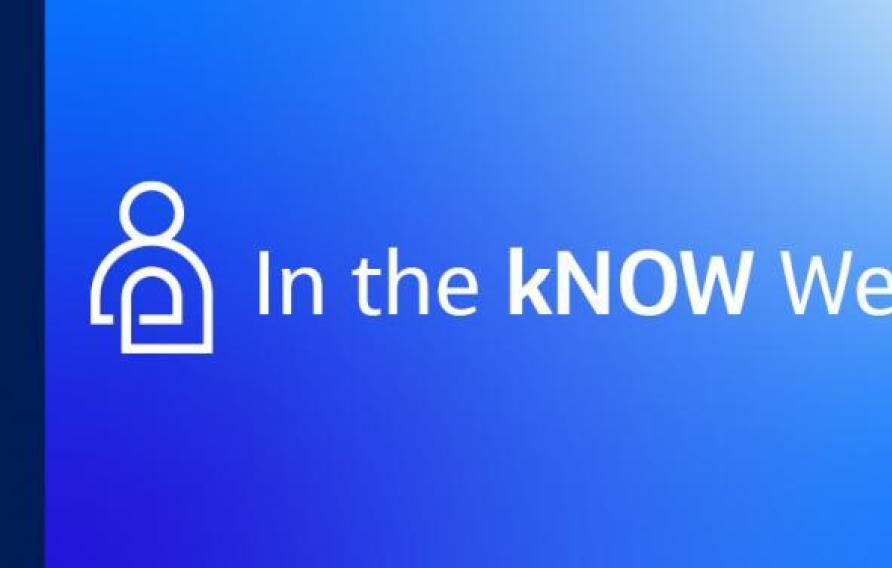
The pollution of water bodies with nutrients like nitrogen and phosphorus is a significant concern for many countries worldwide. Excess nutrients can create algal blooms and ”dead zones” that threaten aquatic ecosystems and drinking water supplies.
In response, there’s increasing effort to tackle sources of nutrient pollution, such as agricultural and stormwater run-off and discharges from water resource recovery facilities (WRRFs).
For the wastewater treatment industry, there’s significant pressure to improve effluent quality. At the same time, wastewater utilities are also under pressure to reduce the energy consumption and costs of nutrient control systems.
In light of these challenges, the Water Research Foundation has selected a Jacobs-led team to develop and test an artificial intelligence (AI) nutrient control software tool that will leverage advanced modeling techniques to optimize nutrient management at WRRFs.
The hybrid technology will combine the forecasting and optimization capabilities of machine learning with state-of-the-art mechanistic models in a single flexible, transparent and efficient nutrient control tool. The aim of the research project is to conclusively demonstrate the benefits of AI-based nutrient control tools to not only achieve stringent effluent limits, but also operate systems more reliably and cost-effectively.
“Today, the use of machine learning for nutrient management at WRRFs is in its infancy with very limited application in North America,” says The Water Research Foundation Research Program Manager Stephanie Fevig. “This proposed combination of machine learning and model-based control in a single hybrid tool holds the potential to greatly increase operational efficiencies and improve effluent quality by automatically handling control similar to the way a process engineer would, if they could stay focused on data 24/7.”
The software tool will be adaptable to a range of client needs with individualized solutions based on available data resources and optimization goals. Once developed, the controller will be deployed and tested at four pilot WRRF sites in the U.S. that are either owned by partner agencies or operated by Jacobs.
"Our hybrid approach means that this advanced nutrient controller can handle a wide range of conditions and be rapidly deployed to a variety of facilities," says Jacobs Wastewater Technology Senior Fellow Bruce Johnson. "In addition to accomplishing short-term control needs and long-term forecasting, the nutrient controller helps operations staff become more proactive."
The work is being supported by contributions from Jacobs and its project partners Maia Analytica, Clean Water Services, Alexandria Renew Enterprises, Pima County Regional Wastewater Reclamation Department, Metropolitan Water Reclamation District of Greater Chicago, New York Department of Environmental Protection, City of Tacoma, and VCS Denmark.
The research project aligns with Jacobs’ Digital OneWater offering, which responds to industry needs by combining data and digital technologies into an integrated, inclusive approach to water management.
You might be interested in...
-
 News
NewsIntroducing Digital OneWater
Jacobs’ Global Water Director Susan Moisio explains why data and digital solutions are central to our OneWater philosophy.
-
 Webinars
WebinarsAI for AI: How Artificial Intelligence and Technology Tools are Addressing Aging Infrastructure and Corrosion Control
In this webinar we’ll look at how new digital solutions are helping the industry better manage and maintain water infrastructure. Technology has replaced the proverbial “crystal ball” and is providing real-time maintenance predictions through more complete data, improved data consistency and faster data processing. Learn how Artificial Intelligence and digital innovations are being employed to enable more accurate management of these age-old issues.












































